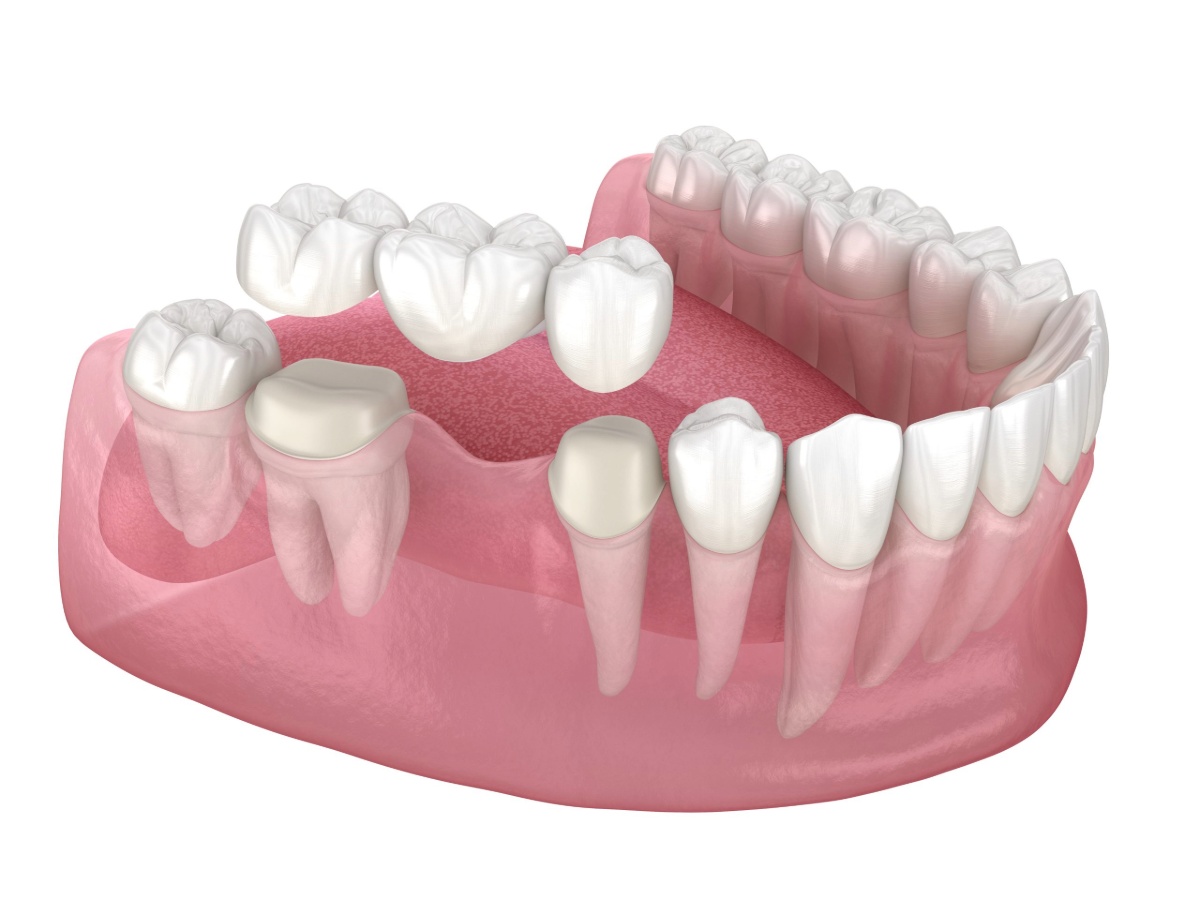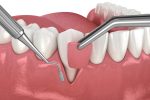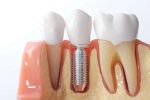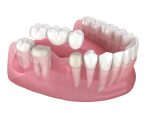If you have lost a single tooth or several teeth, you may have some questions, such as, How expensive is a dental bridge? A dental bridge is one of the most popular methods for closing the space where a tooth used to be. It restores your smile, chewing function, and overall oral health. We will discuss in this blog what a dental bridge is, the different types of dental bridges, cost implications, and some considerations in choosing a dental bridge, especially when you visit a dental clinic near you.
What is a Dental Bridge?
In dentistry, a dental bridge is a custom-made replacement tooth (or teeth) that “bridges” the area between one or more adjacent missing teeth.
- A dental bridge usually consists of a false tooth in the center with natural teeth on each side holding the false tooth.
- Bridges are constructed from porcelain, ceramic, or metal and will be designed to look like the teeth in a natural form.
What are the types of dental bridges?
There are different types of dental bridges; which one can meet your needs will depend on your dental circumstances.
- Traditional bridges use crowns on both sides of the gap. They are common and strong.
- Cantilever bridges attach the false tooth to only one neighboring tooth.
- Maryland bridges use a metal or porcelain framework bonded to the back of nearby teeth.
- Implant-supported bridges are attached to dental implants rather than natural teeth and are often used when several teeth are missing in a row.
What Affects the Cost of a Dental Bridge?
The cost of a dental bridge can vary depending on several things.
- The number of teeth being replaced plays a big role. Replacing one tooth is different from replacing three.
- The type of bridge you choose also affects the price. Implant-supported bridges usually cost more than traditional ones.
- The material used for the bridge (such as porcelain or metal) can influence the final cost.
- Where you live and which dental clinic you visit also impact pricing.
It’s always a good idea to ask for an estimate before starting treatment so you know what to expect.
Is it worth getting a dental bridge?
- If you’re missing teeth, a dental bridge can make eating and speaking easier.
- It can also prevent other teeth from shifting into the space, which helps maintain your bite and jaw health.
- Having a complete smile can improve your confidence and help keep your mouth healthy.
How long does a dental bridge last?
- With good care, a dental bridge can last 5 to 15 years or longer.
- Brushing and flossing daily, visiting your dentist in Peterborough, and avoiding very hard or sticky foods can help your bridge last.
- Just like natural teeth, bridges can wear out over time and may eventually need to be replaced.
Why choose Dental Bridges?
- If you’re considering dental bridges in Peterborough, it’s a good idea to visit a trusted dental clinic with experience in restoring smiles.
- Whether it’s your first bridge or a replacement for an old one, getting the right care and support can make a big difference.
Bright Smiles Start at Chemong Family Dental
At Chemong Family Dental, we’re here to help you restore your smile in a way that feels right for you. From your first consultation to the final step in your dental bridge treatment, our friendly team is ready to guide you with care, comfort, and clear answers.
Come visit us in Peterborough and see how simple and comfortable restoring your smile can be. Call Chemong Family Dental today to book your appointment and take the first step toward a stronger, healthier smile!
FAQS
Can I eat normally with a dental bridge?
Yes, once your bridge is in place and you’ve adjusted to it, you can eat most foods normally. However, it’s best to avoid very hard or sticky foods to help your bridge last longer.
How do I take care of my dental bridge?
Taking care of a dental bridge involves brushing twice a day, flossing daily (including under the bridge), and visiting your dentist regularly for checkups and cleanings. Good oral hygiene helps your bridge stay strong and healthy.
How soon can I get a dental bridge after tooth extraction?
In most cases, you’ll need to wait a few weeks to a few months after a tooth extraction before getting a dental bridge. This gives your gums time to heal properly. Your dentist will let you know the right time based on your healing progress.









